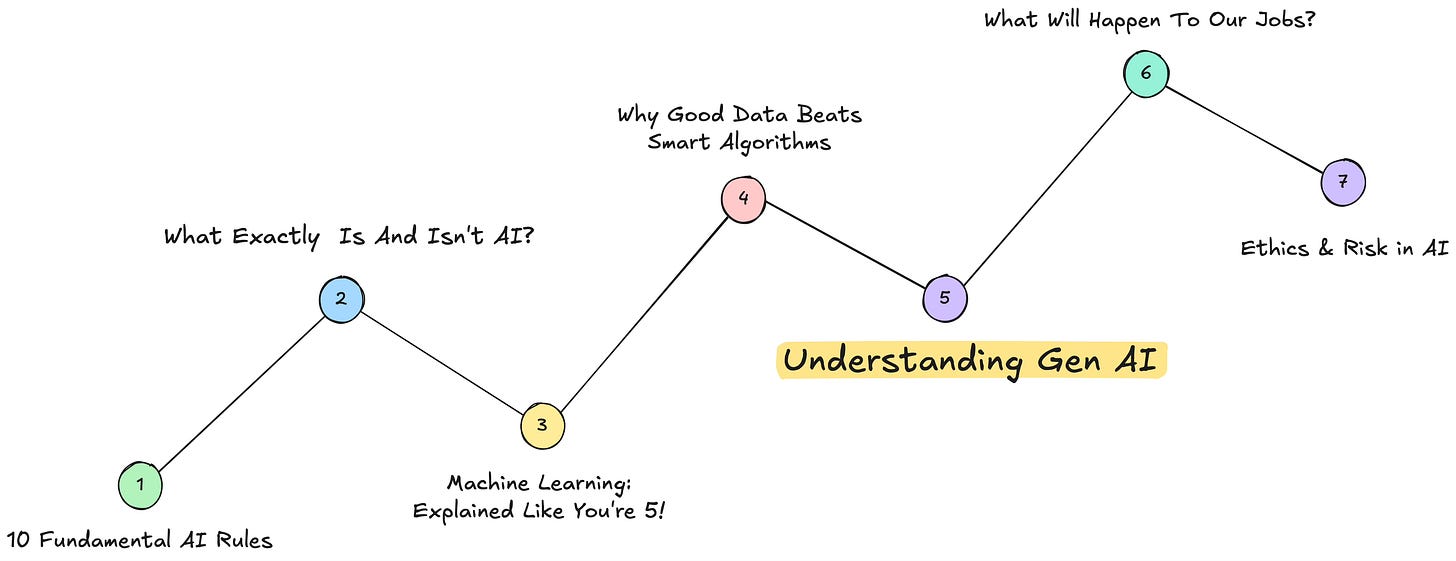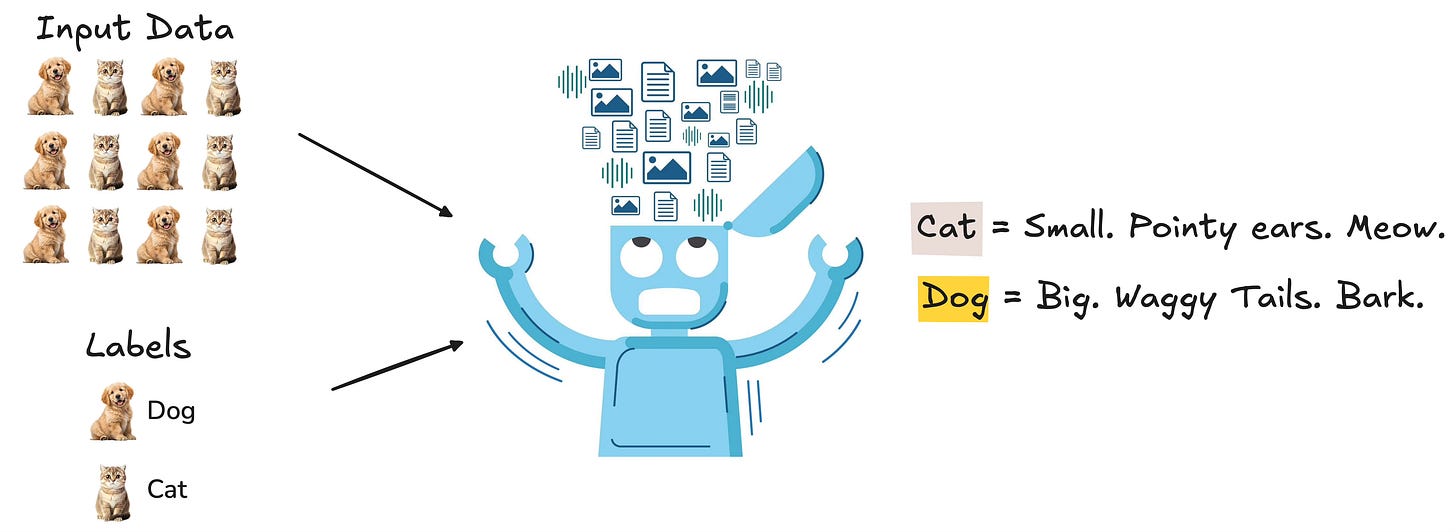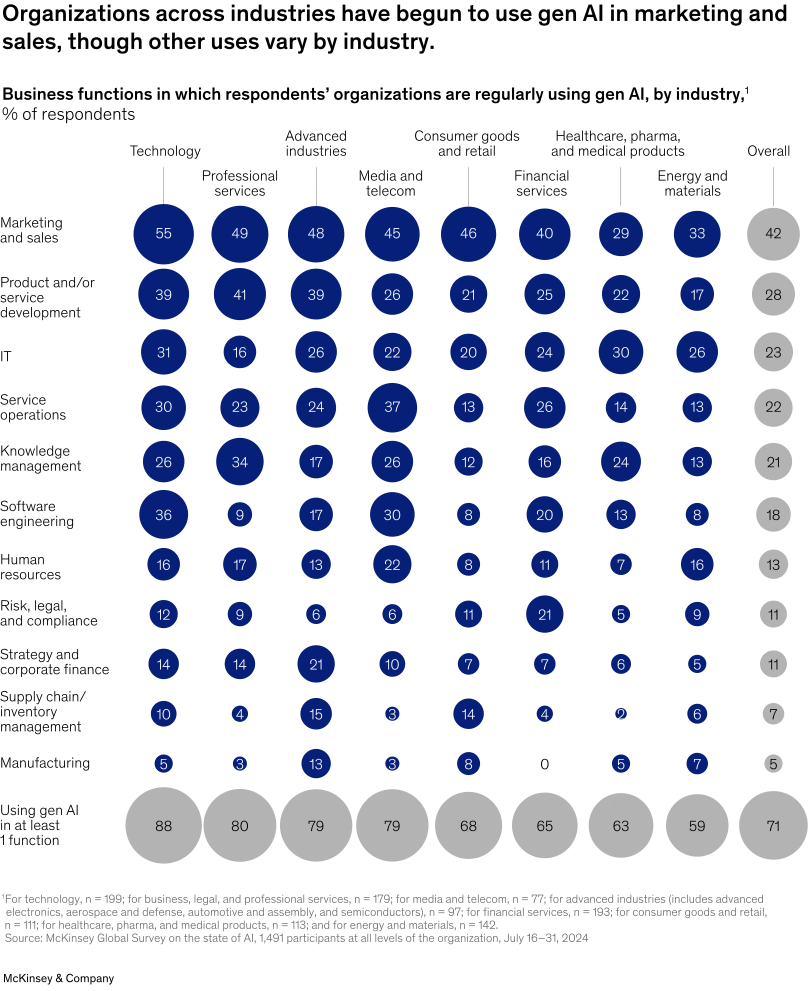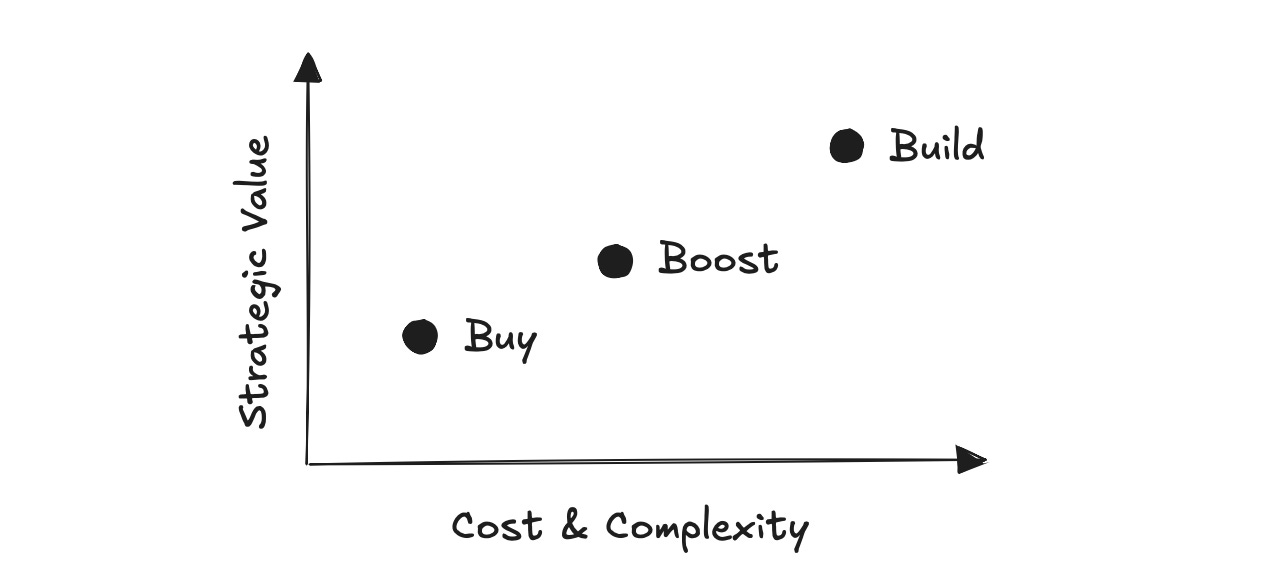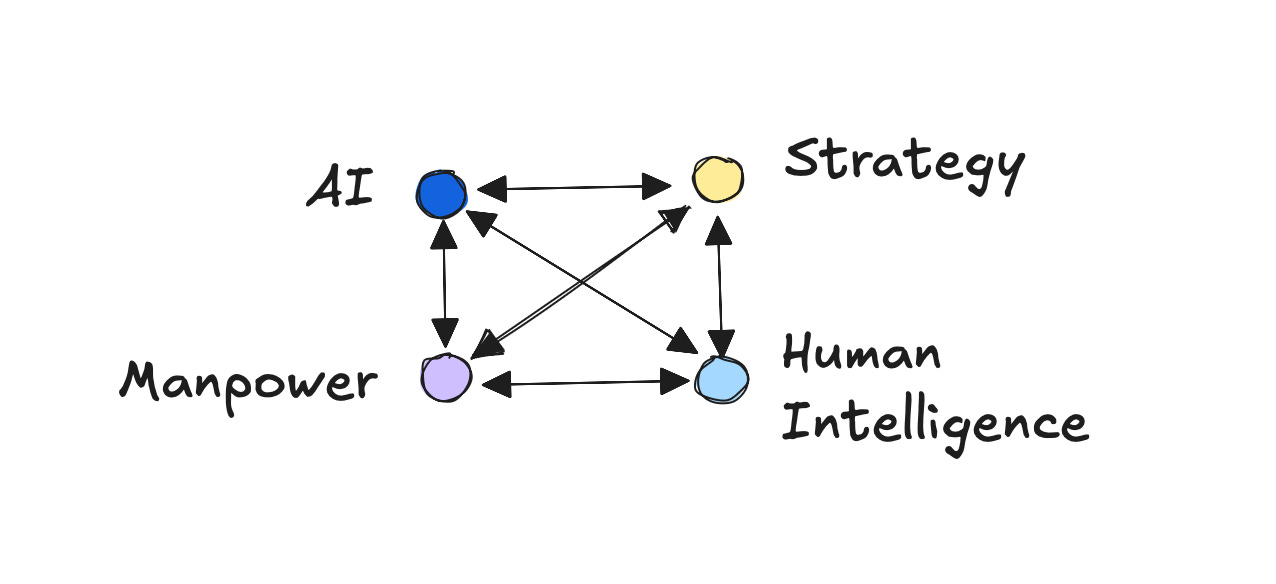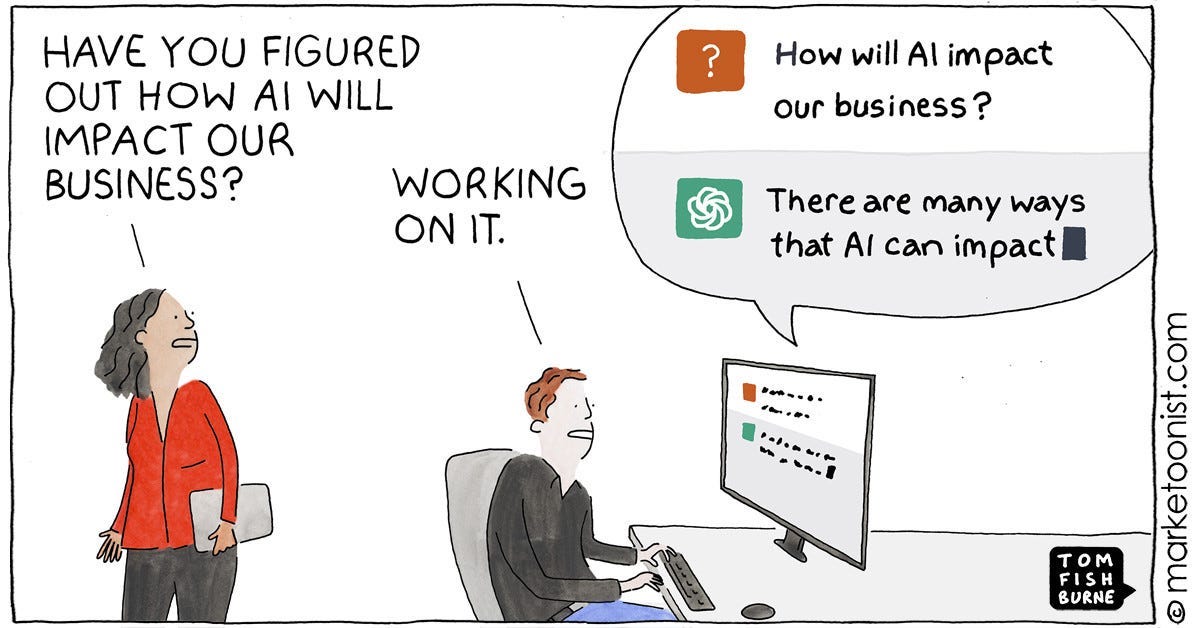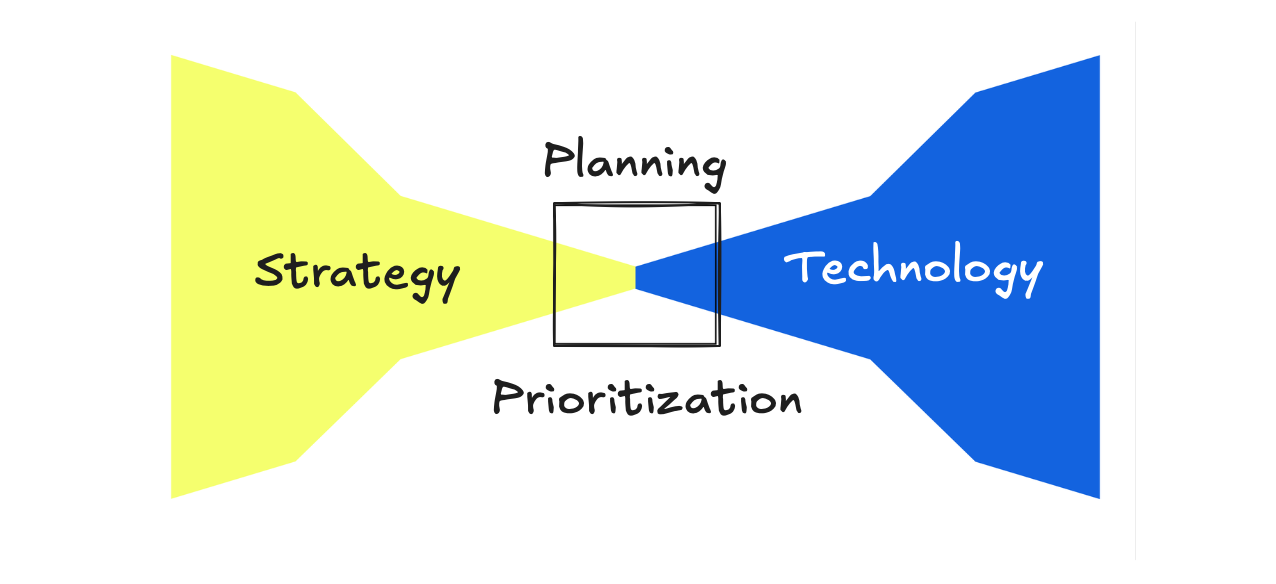Hey, Hey, Hey 👋
Welcome to the 5th installment of our “AI Fundamentals” series!
If you haven’t checked out the first four, click here!
Generative AI isn’t sci-fi anymore.
It’s here. It’s working.
In marketing, HR, design, and more.
This newsletter will cut the noise.
And it’ll help you understand:
What generative AI really is?
How it works?
How you can use it in your business?
Let’s dive in.
What Is Generative AI?
Generative AI is a kind of AI that doesn’t just analyze data — it creates new things.
Texts.
Images.
Code.
Videos.
Even music.
It first learns from huge amounts of data.
Then, based on your instructions (called prompts), it makes something new.
Like a super-smart assistant who can write, draw, brainstorm, and help you work faster.
Examples:
GPT-4 (like ChatGPT) writes articles, emails, plans, and summaries.
Midjourney turns words into images — like logos, product sketches, or art.
These tools are available today. And businesses are already using them.
How it works?
Generative AI runs on models.
These models are ML systems trained on huge datasets. Like all of Wikipedia, books, websites, and photos.
→ The model learns patterns.
→ It notices:
how sentences work.
How pictures are built.
How humans express ideas.
→ On this understanding, it creates something new.
→ It fails, gets feedback, improves, and does this again.
→ Once good enough, it can take your prompt — like "Write a birthday card for a CEO" — and create a fitting message.
These models are called "foundation models."
“Foundation” because they are the systems that support tools like GPT, Claude, Gemini, and DALL-E etc.
They get better the more they're used.
Use Cases In Business
You don’t even have to guess…
Companies globally are already using generative AI to save time and boost creativity.
Here are some real-world examples:
Marketing teams are using it to:
Write social posts.
Draft blog intros.
Summarize long articles.
Sales teams are using it to:
Personalize outreach emails.
Auto-generate pitch decks.
Create talking points from CRM data.
HR teams are using it to:
Draft job postings.
Screen and summarize resumes.
Prepare onboarding content.
Product & Design teams are using it to:
Generate UI sketches.
Write product specs.
Turn user feedback into features.
Customer Support teams are using it to:
AI-powered chatbots that handle FAQs.
Email response drafting.
Ticket summarization for agents.
Every department — not just IT — can use AI.
That’s the shift.
The Strategy — Buy, Boost, or Build
There are three main ways to adopt generative AI.
Buy
Use existing tools like ChatGPT, Midjourney, or Jasper.
These method is fast to deploy and low-cost.
Boost
Take the existing models and train them on your data.
Fine-tune the models with your products, tone, or history.
This method yields more accuracy and control.
Build
Build your own models from scratch.
This costs a lot.
But it offers full control and competitive advantage.
Best advice? Start simple.
Buy first.
Boost when needed.
Build only if it’s core to your business model.
This is how leading firms make "no-regrets bets" and "strategic bets."
Human + Machine Teams
AI is not here to replace people.
It’s here to support them.
Let AI handle the busy work — the drafts, the data, the dull parts.
Let humans focus on creativity, empathy, leadership, and decision-making.
Example:
AI drafts a client proposal.
You edit it, refine it, and present it.
This approach is called the "Missing Middle."
It’s where people and machines combine strengths.
Firms that embrace this model see big productivity gains.
Risks and Responsibility
Generative AI is powerful.
But it has limits and risks.
It can make up facts.
It can reflect bias in its training data.
It can create legal or ethical challenges.
That’s why the users of Gen AI must:
Review all AI-generated content.
Keep humans in the loop.
Protect customer and company data.
Avoid blindly trusting the output.
Also, train your team to ask smart questions.
That’s why "prompt engineering" is becoming a real job.
Good prompts get good results.
Bad prompts? You guessed it.
Long Term Projects
Generative AI isn’t just another tool. It’s a shift.
Like the internet.
Like smartphones.
It changes how businesses operate, hire, serve customers, and grow.
Companies that adopt early get ahead.
They attract talent.
They move faster.
They make smarter bets.
Ask yourself:
What if our competitors use AI and we don’t?
Where could we test AI in the next 30 days?
How will this impact our workflows in 1 year?
AI isn’t the future. It’s now.
Some Gen AI Tools You Can Try Today
Text:
ChatGPT (OpenAI)
Claude (Anthropic)
Jasper (for marketing)
Image:
Midjourney
DALL·E
Adobe Firefly
Video:
Runway ML
Synthesia
Voice:
Eleven Labs
Descript
Documents:
Notion AI
Grammarly Go
Microsoft Copilot
Try one. Test it. See what changes.
Conclusion
Generative AI is not hard to understand.
(At least not after this newsletter)
It creates content.
It saves time.
It helps people work smarter.
Start by using off-the-shelf tools.
Train your teams.
Review output.
Build a culture of human + machine collaboration.
And remember — AI isn’t about replacing people. It’s about helping them do their best work.
Start small. Learn fast. Grow smart.


